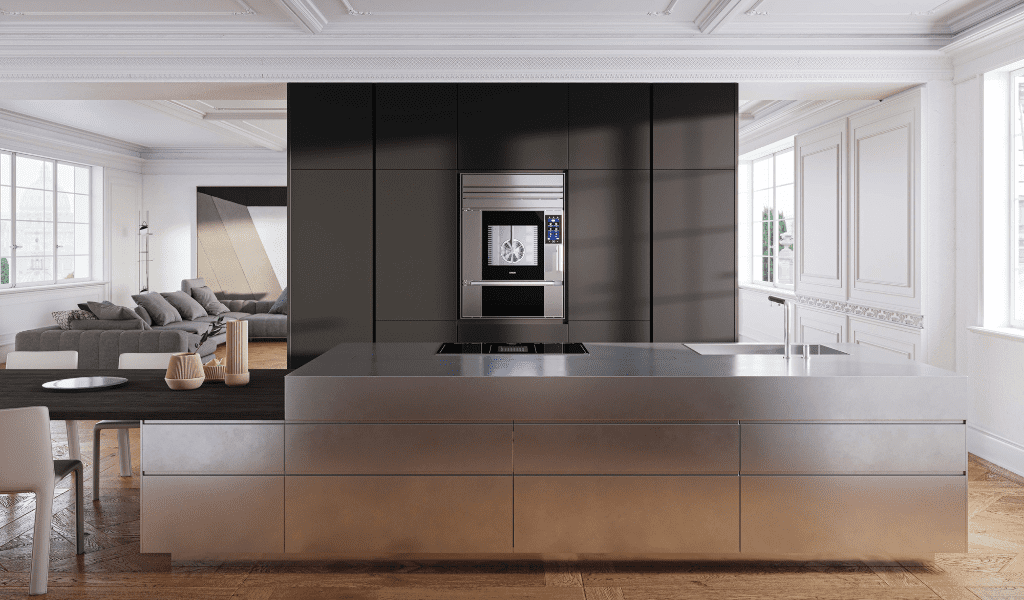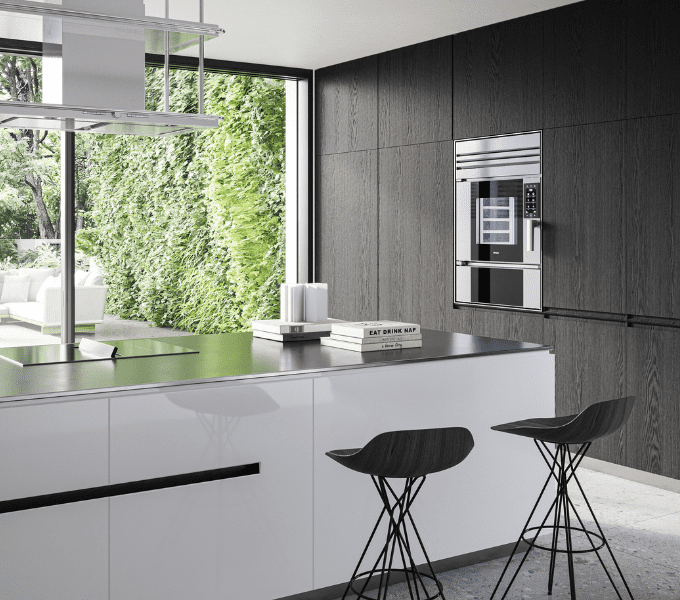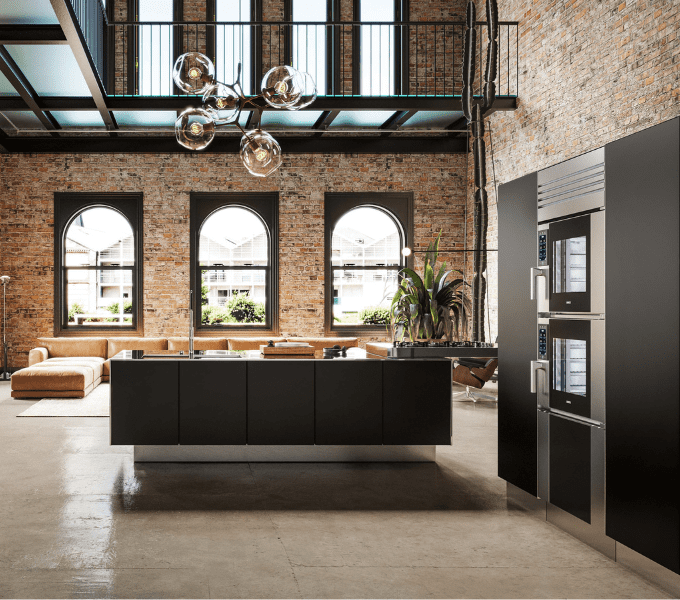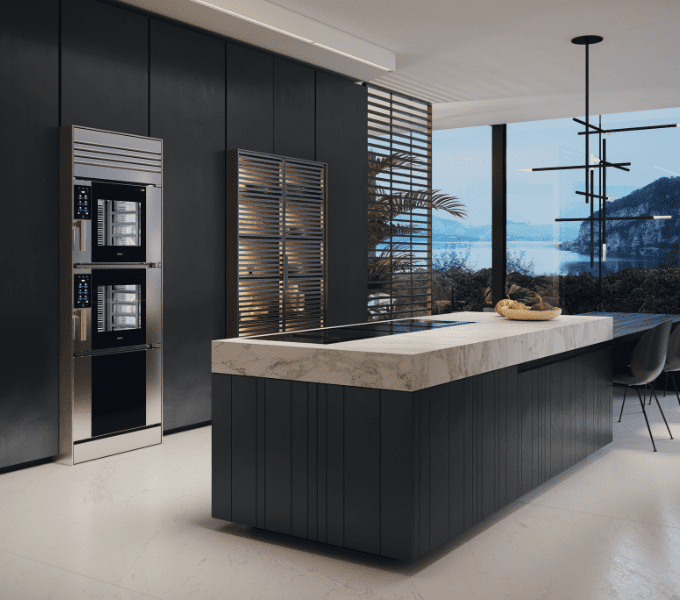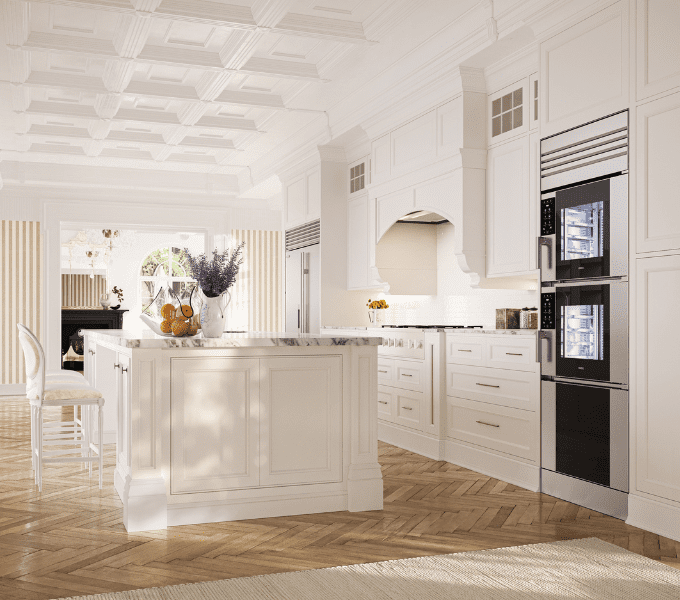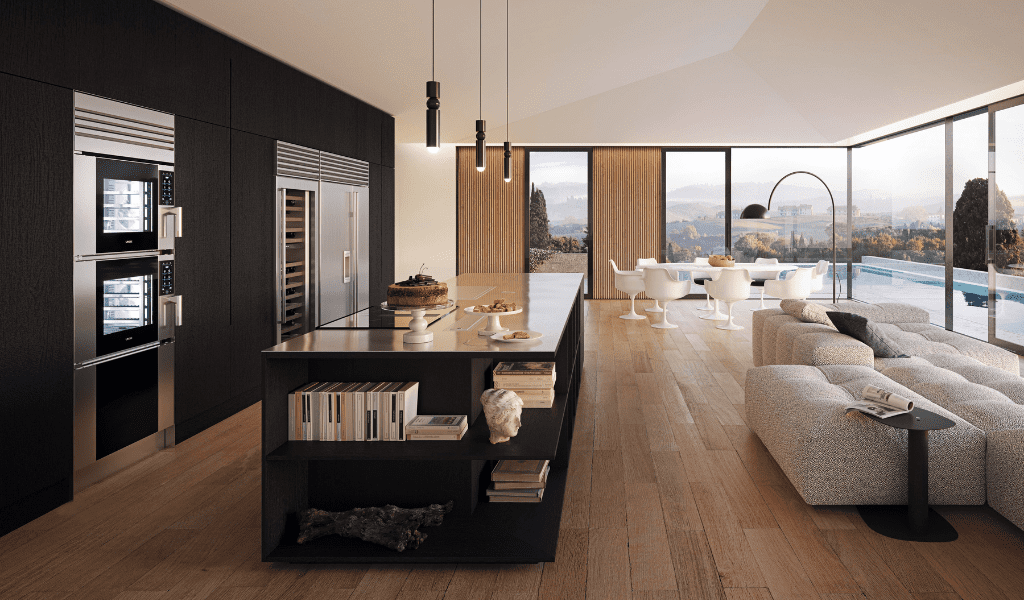The design style of a kitchen encompasses a fusion of lines, colours, materials, and furnishings, imbuing the culinary space with a distinct and recognisable character that seamlessly integrates with the overall design of the home. Balancing functionality with aesthetics, the kitchen's style harmonises the organisation of spaces and structures to create a clear, unique, and personalised image.
When selecting a design concept for the kitchen, it's crucial to recognise its central role as the focal point of the household—a place where significant time is spent, and daily family interactions occur. Therefore, the chosen style should reflect the habits, needs, and personalities of those who frequent the kitchen on a regular basis.
Trendy kitchen design styles serve as valuable starting points for individuals embarking on the journey of creating or revamping their culinary spaces, offering ideas and inspirations to authentically express their personalities and transform the kitchen into a true reflection of their essence.
Let's explore some of the most popular kitchen design styles.

